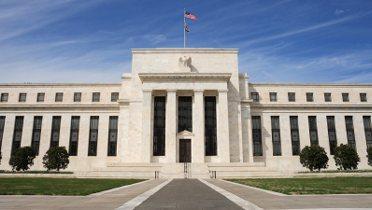“Macroprudential” policies may allow authorities to cushion the blow from dangerous financial crises by using an approach that fits between monetary policy for the economy as a whole and traditional regulation of individual financial institutions (now referred to as “microprudential” regulation to distinguish it from the new approach.) There are multiple definitions of “macroprudential,” but the core concept is to manage factors that could endanger the financial system as a whole, even if they would not be obvious as serious threats when viewed in the context of any single institution. Risks that are common to many financial institutions simultaneously, such as excessive exposure to housing credit, can combine with a high degree of interconnections between financial institutions to create systemic risks even when each individual institution appears sound, absent the potential for financial contagion.
Readers unfamiliar with macroprudential policy may wish to read the author’s comprehensive primer on the topic, written for non-specialists, (see Filling the Gap in Financial Regulation). This paper will examine one of the key issues in more detail: how should macroprudential authorities decide which particular tools to use, and in what combination, once they determine action is necessary to deal with excessive financial exuberance or a credit crunch following such over-exuberance? Note that this question focuses on one half of macroprudential policy, actions focused on the problems of excessive cyclicality in the financial system. It does not address the separate issues related to macroprudential policies for minimizing overall, on-going systemic risk, such as by dealing with business models that encourage excessive counterparty risks, opaque financial transactions, or Too Big to Fail financial institutions.
One potential tool has dominated recent macroprudential policy discussions and is explicitly endorsed by leading global authorities: countercyclical bank capital requirements. This instrument builds on an important existing tool of microprudential regulation, the requirement that banks hold at least certain levels of “capital” to back the risks that they take. In simplest form, capital represents the portion of a bank’s assets on which no one except the shareholders of the bank has a claim. Since there is normally no public policy reason to protect shareholders, this represents a cushion of protection against losses due to mistakes and misfortune that is available before the damage becomes so large that depositors or other parties that policymakers wish to protect have to lose money.
Required capital ratios are traditionally static, but macroprudential theory would call for them to increase at times when exuberance is leading to higher aggregate risk-taking during booms, and be allowed to decrease during credit busts. The build-up of capital as aggregate risk levels rise during the “good times” would increase the ability of the banks to withstand the eventual losses during the bust, which hopefully would mean that they would not be obliged to cut back as far on lending when the credit cycle swings to contraction. There is also the hope that forcing the addition of costly capital during a boom would somewhat diminish the desire of banks to lend excessively, thereby reducing the size of any bubble.
Countercyclical capital will clearly be an important macroprudential tool, perhaps the most important one used in advanced economies. However, the prominence given it has sometimes obscured the point that there are many potential tools and that it is highly likely that authorities will use combinations of tools. Unfortunately, there has been relatively little analysis of how authorities should choose between these instruments and how they can be combined for maximum effectiveness. This paper is intended to advance the discussion of these critical topics. It does so by examining a series of related questions:
- What macroprudential tools are available?
- Why is countercyclical capital the favored approach of many policymakers?
- How should the various tools be combined?
- Is the right choice of instruments different in a credit bust than in a boom?
- How have macroprudential policies worked historically?
- How might macroprudential tools have been used in the run-up to the recent crisis?
- What would be different going forward?
The Brookings Institution is committed to quality, independence, and impact.
We are supported by a diverse array of funders. In line with our values and policies, each Brookings publication represents the sole views of its author(s).




